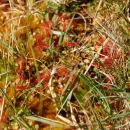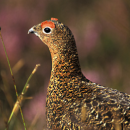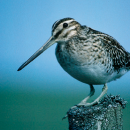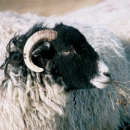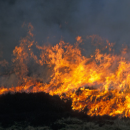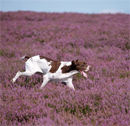Moorland Association members are passionate in their care for 860,000 acres of heather moorland in England and Wales for wild red grouse, spending £52. 5 million a year on these iconic, fragile landscapes.
Rarer than rain-forest, around 75% of Europe’s upland heather moorland is found in the UK, treasured by millions of walkers and wildlife enthusiasts.
More than 60 per cent of England’s upland Sites of Special Scientific Interest are moors managed for grouse shooting. Over forty per cent are also designated under European habitats and bird directives for their rare and remarkable vegetation and ground-nesting bird populations.
The purple cloaked treasures are at the heart of our most precious landscapes in the country’s prized National Parks and Areas of Outstanding Natural Beauty.
Shooting provides essential income for the protection of this remarkable land and is responsible for over 1,500 jobs in the heart of the countryside. Even during the most successful seasons, shooting usually stops well before the official end on December 10 and every day is a bonus for the local economy.
Because of the significant costs involved in year round management, running a grouse moor does not often make money, but the effects of such extensive conservation are felt across the vast, much-loved moorland wilds.
Careful land management through the skill and dedication of game keepers has seen significant gains for some of the country’s most endangered ground-nesting birds. It has also led to the successful breeding of hen harriers, Britain’s most talked about birds of prey.
We are committed to a raft of measures which maintain the exceptional habitats of unique birds, plants and animals and safeguard peat for carbon storage and water quality.
Without this work, the precious land would revert to scrub and forest and the heather moors lost forever.



